Copyright 2020 - 2021 irantour.tours all right reserved
Designed by Behsazanhost
Most famous Iranian gardens
Most famous Iranian gardens
The Persian garden style is a unique model of Iranian architecture, that they have invented for making gardens and palaces. This style of garden with beautiful design and caressing eyes is a symbol of the Iranian deep architecture, history, and culture. In Iranian gardens, plants, flowers, running water, and mansions are part of the beauty of this type of garden, which is taken from a masterful and regular design. They have created enduring collections throughout history. So, this architecture and structure were recorded at the UNESCO World Heritage Site.
Many researchers consider Pasargadae as the oldest Persian garden. This pattern of gardens continued after the Achaemenids, and Persian gardens' remnants belonging to the Parthian and Sassanid periods have also been discovered. The oldest document from the Sassanid era is the relief of Khosrow Parviz in the Tagh e Bostan, which almost shows the geometry of the Persian garden. Many scholars believe that the Safavid period was the most glorious period of this art. During this period, gardens had been using as art to shape the urban structure and to impress the entire city. During the Qajar period, gardening had developed in Tehran, but it had been dedicated to courtiers.
Iranian gardens have three unique structures and designs
1)They have a permanent stream of water ( in or out of the garden)
2) It is surrounded by tall walls.
3) They have a summer mansion and a swimming pool.
These common aspects can be seen in all Iranian gardens, but each one has special design features that originated from the natural environment - the history and culture of the region. Among the Iranian gardens, the most important and famous of them are:
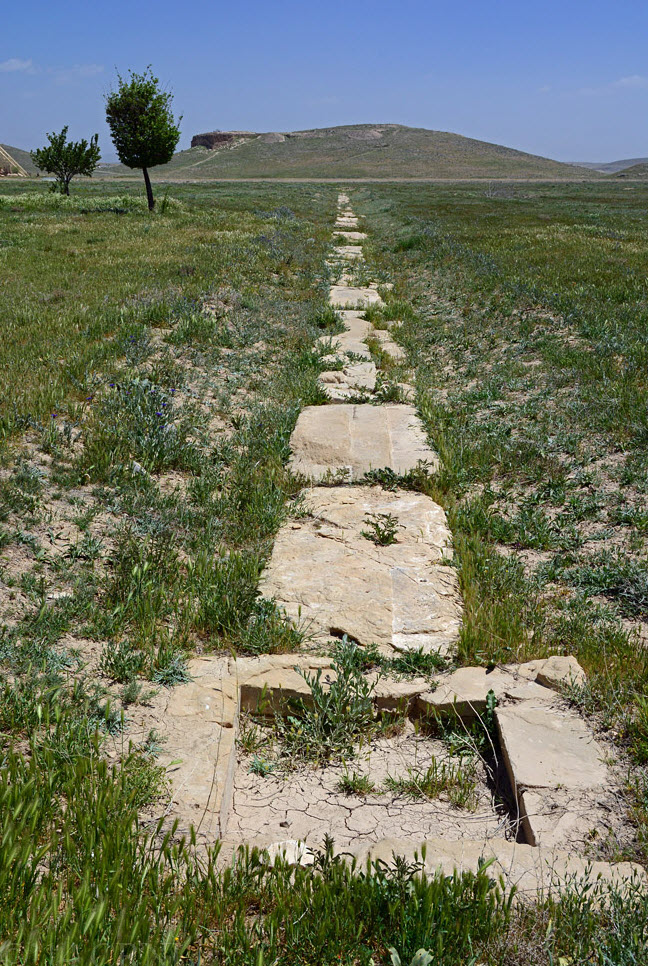 |
| water canal - Remains of Pasargad Gardens |
-Pasargad Persian Garden
According to historical records, during the construction of this garden, Cyrus the Great personally controlled the structure of the garden and its location of the gardens. Thus, Cyrus had been the first Iranian gardener. Based on historical and archeological documents, all the buildings in the Pasargad garden show the Iranian gardens' elements.
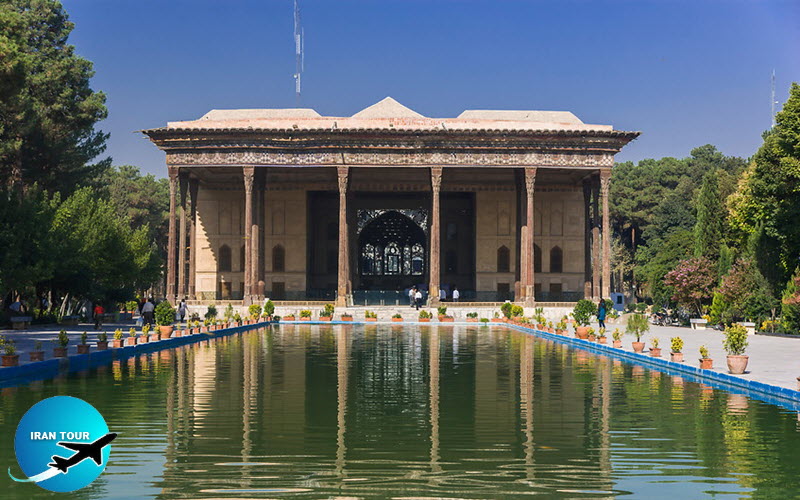 |
-Chehel Sotoun
One of the most famous gardens leftovers from the Safavid period, Provides us with very useful information about them. A great eye-catching decorated Persian pavilion with a long pool in the middle of a lush historical park with old tall trees by the name Chehel Sotoun Garden or Forty Columns. This magnificent palace is built for the entertainment and reception of Shah Abbas II. Many ambassadors, rulers, dignitaries, and ambassadors had welcomed and received by Shah Abbas in this palace. Chehelston Palace, a UNESCO World Heritage Site, is a unique example of the great Iranian art in building gardens and palaces.
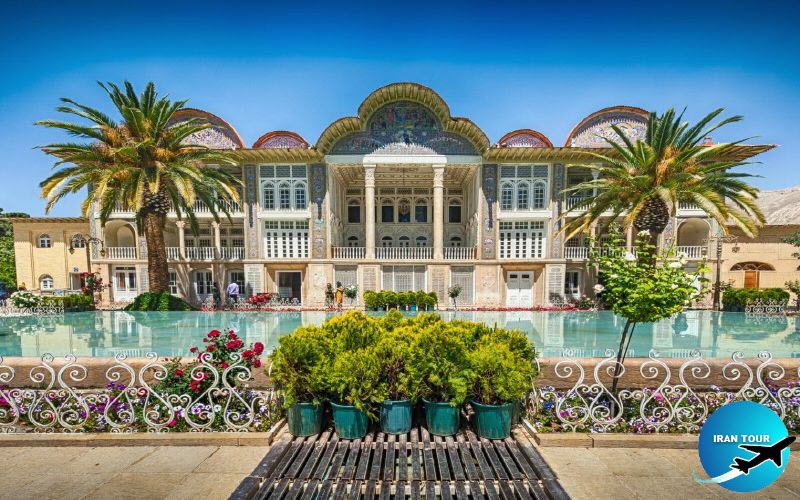 |
-Eram Garden
The most famous historical garden in Shiraz has been registered as a symbol of the Persian gardens on the UNESCO World Heritage List due to its characteristics. Due to its tall and old trees - fragrant flowers and numerous orange trees, this garden has a very beautiful and relaxing environment that attracts all tourists. It dates back to the Seljuq dynasty (approximately 400 years ago), while the old mansion in the middle of the garden belongs to the Qajar period. When you walk in the garden, you receive the positive energy that is emanating from green trees and colorful flowers. The existence of tall and fantastic cypresses around the garden catches everyone's attention. The elegant aroma of the flowers, the song of the nightingales, and the attractive dance of the flowers, enchant visitors.
Never miss visiting this garden.
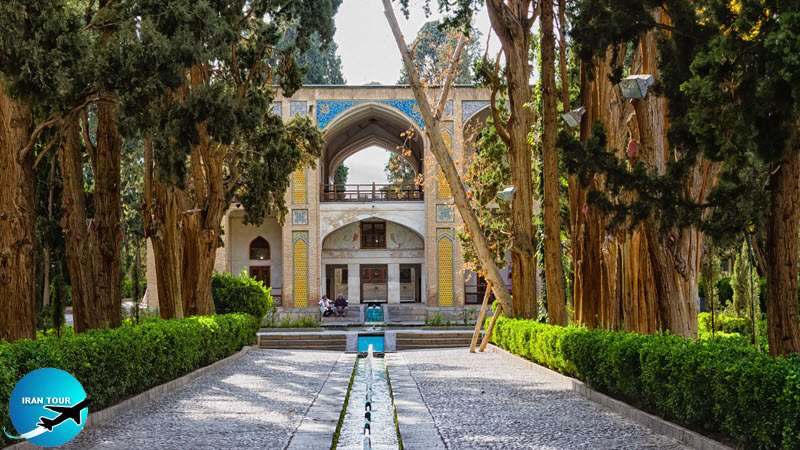 |
- Feen Garden
As do all Persian gardens, the Feen garden in Kashan city appears to express a series of deliberately accentuated contrasts between the arid, desolate, inhospitable landscape outside the high walls and the lush surroundings within the walls. Here is overabundant water in a land where a few drops may be precious, and here is a jungle of growth set against sparse and parched natural foliage. The monotone of the landscape is replaced by the colors of foliage, flowers, blue tiles, fountains, and painted plaster and woodwork. Haphazard nature is brought under the control of axial symmetry.
Aside from its abiding beauty and charm, the Bagh-e Feen has special reasons for meriting attention and interest. First, it is an admirable example of those earlier, monumental royal gardens which have all but vanished from the Persian scene. Second, because it is the very epitome of the Persian garden, in this single example are the most desired features and elements. One of the oldest green structures in Kashan and there is no exact date for it. Some believe it dates back to the pre-Islamic era and some evidence to the Al e- Aboyeh period. The development of this garden is indebted to the Ilkhanian period even though such statements were not clear and precise but from the beginning of Safavid as the political stability was increased the history of the Feen garden found more versatility. One of the historical attractions of Kashan, attracts many tourists every year.
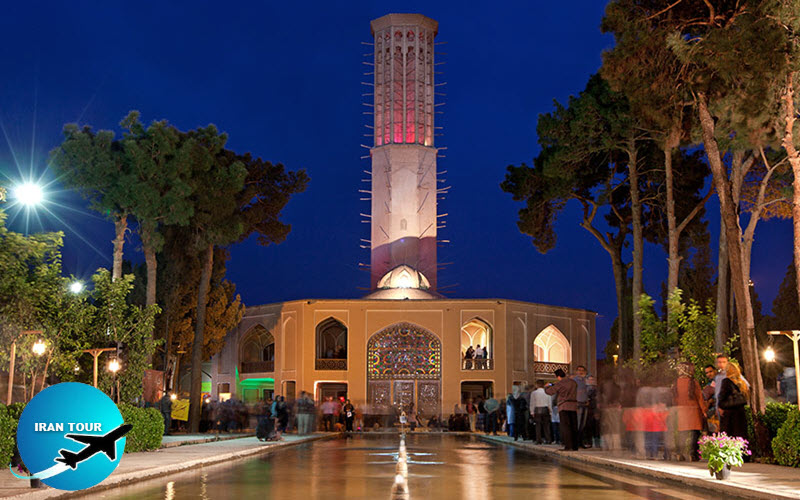 |
-Dowlat Abad Garden
A beautiful 200-year-old garden in the bride of the Iranian desert cities called, Yazd. The 200-year-old UNESCO World Heritage Site hosts many tourists each year.
This building, which has the most complex architectural techniques in Iran, Qanat, and windcatcher, shows off the Iranian architecture like a gem. Dolat Abad Garden was built around 1750 during the Afsharieh Dynasty as the residence of Shahrokh Mirza and Karim Khan Zand. The garden has Iran’s tallest Badgir(windcatcher), which is standing over 33 meters. This beautiful garden consists of a pavilion that was built in accordance with the original Iranian architectural style and a large garden and some other buildings. A long pool shaded by tall cypress trees leads to the main entrance. On the way to the mansion, there are beautiful grape and pomegranate trees behind those tall trees. The tallest wind tower in the pavilion within the garden is conceivable miles away.
 |
-Shazdeh Garden
A lush oasis on the desert route from Kerman to Bam, which is a pleasant place for the people of the desert. This Qajar(the 1900s) plan garden is located on the way to Bam in the city of Mahan where you can see not only one of the most beautiful Iranian gardens but also the mausoleum of Shah Nematolah vali one of the most famous Iranian Sufis is there. it is also inscribed on UNESCO World Heritage List.
The amazing thing about Shazdeh Garden is that it is a tiny earthly Paradise that is located in Kerman's desert, where there is nothing but dry plains. However, the garden entrance welcomes tourists to an earthly paradise. As you step into the Shazdeh Garden, you can see the pools full of water that flow throughout the garden, the lush tall trees that shade the path, and the flowers that spread perfume everywhere. While you walk to the top of the garden the old pavilion appears behind the fountains and stairs and attracts the visitors to itself. The perfect plan of the Shazdeh Garden, the architecture of the pavilion, and its interior design and decorations reflect the art, culture, and lifestyle produced by the Iranians.
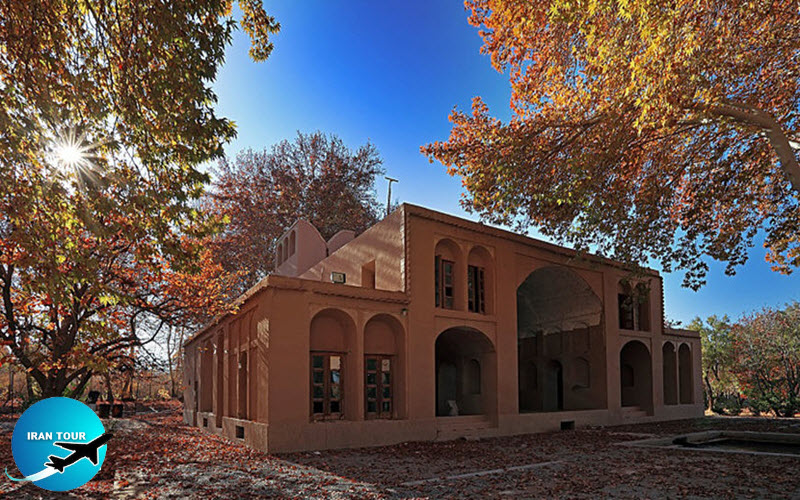 |
-Pahlavanpur Garden
If you would like to have a historical and memorable stay in one of the old gardens of Iran, this is your best choice. This garden, which is one of the 9 Iranian gardens registered in UNESCO, has become one of the hotels in Mehriz. A memorable stay in a historic and beautiful garden. It is located 45 km from Yazd province.
Pahlavanpur’s Garden Reflects the Changes of Ancient Iranian Gardening Style to new one. Its architectural style is a blend of central and courtyard architecture the main kiosk is in the center of the garden, and The water passage through the garden is also on this axis. This 5-hectare Qajar-era garden has maintained Zand's architectural style. The historic buildings in this garden have created a special link between nature and the art of architecture. The garden includes a summer house, a winter neighborhood, the janitor's unit, the public bathroom, and the kitchen. Its architectural style is a mixture of the architectural style of the summer house and the central patio.
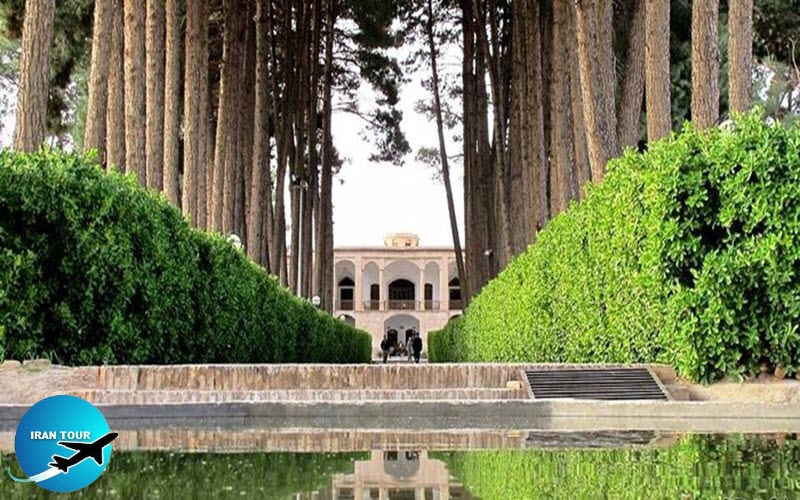 |
-Akbarieh Garden
Birjand at South Khorasan province has hosted one of the 9 Iranian magnificent gardens. This garden with the history and architectural style of the Zandiyeh and early Qajar era has all Iranian common elements in gardening.
- a flowing stream of water.
- The tall wall around the garden.
- A mansion in the middle of the garden.
The Akbarieh Garden in Birjand, like other examples from The Persian Gardens, beautifully indicates the strong potentials of the environment and nature, as well as how to use them more. The main garden plan is rooted in Iranian architectural art and is fantastic to visit. Magnificent sash windows, impressive plasterwork, and tall oak trees on either side of the entrance will amaze any visitor. The garden is listed as a UNESCO World Heritage Site in 2011, it is also listed in the Iran National Monuments Index in 1999.
Akbariyeh's main structure was built by Heshmat al-Molk's son Amir Mohammad Ebrahim Khan, Shokat al-Molk (1880-1943) in the western part of the complex. This two-story structure features Monabbat (woodcarving and inlay work), latticework, and stained glass decorations, as well as arabesque reliefs and geometric stuccoes. This building was originally used as a place to receive and entertain guests but is currently the location of the Birjand Archeology and Anthropology Museums.
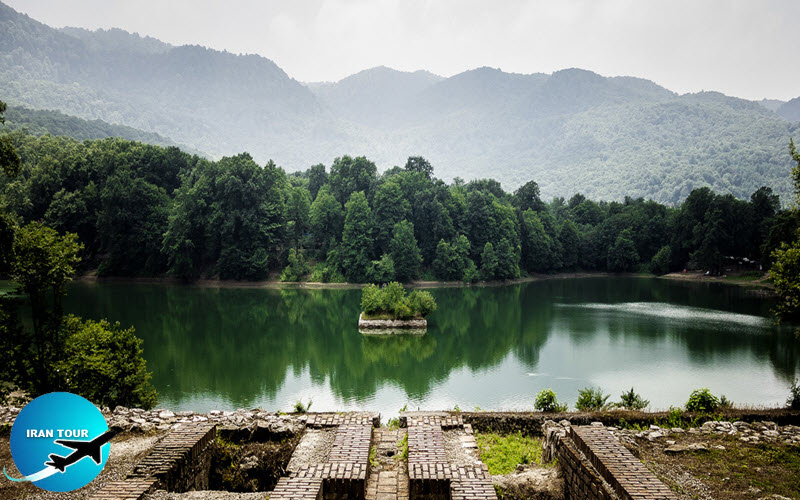 |
-Abbas Abad Garden
In the northern part of Iran, due to the suitable vegetation and forest, less attention was paid to gardening, but the Abbasabad Garden in Behshahr is the most important Safavid garden in the north of Iran and in the non-desert climate of Iran. To build the Abbasabad Garden, Safavid engineers used the Achaemenid architectural technique to drill a gap between the Abbasabad Mountain and create a flat surface or bed for gardening.
Abbas Abad Garden is the only Persian garden where you cannot walk! You have to row. The Abbas Abad complex consists of a forest park and a lake, which are the most beautiful and important tourist attractions in Mazandaran. Abbas Abad Garden in Behshahr is one of the Persian gardens registered at the UNESCO World Heritage site in Iran.
- Details
- Category: IRAN Blog